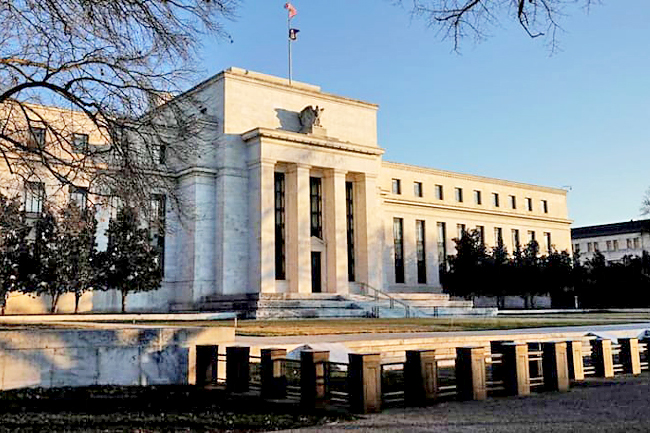CNA – Global central bankers, who shared the limelight for skirting a pandemic-driven depression with quick action two years ago, are now stumbling through the aftermath as they try to quell an inflation surge none predicted or have been able to forestall.
If their response to the economic crisis triggered by the pandemic seemed bold and forward-looking, with its laundry list of new programmes and massive monetary stimulus, the last few months have been an erratic, even awkward phase of failed forecasts, embarrassing mea culpas, increased political scrutiny and some evidence of lost trust.
Managing inflation is core to a central bank’s mission, and from major players like the United States (US) Federal Reserve and the Bank of Japan (BoJ) to regional institutions like the Bank of Canada and the Reserve Bank of Australia, recent events have dealt a blow to their credibility as they play catch up with policy and, in the process, raise the likelihood of a recession.
“They had horse blinders on. They didn’t want to entertain any talk of stable or upside risk to inflation in response to massive stimulus around the world, government and monetary,” said head of capital markets economics at Scotiabank in Toronto Derek Holt.
“I think they had that evidence even as 2020 unfolded”, yet held onto emergency programmes for another year, and discounted an initial rise in inflation as transitory.

The result: Over little more than a week the Fed has whipsawed financial markets with a 75-basis-point interest rate increase, its first hike of that size since 1994, the European Central Bank scrambled toward new emergency plans to control government bond spreads, the Swiss National Bank approved an unexpected rate hike, Bank of England forecasts hinted at a developing stagflation, and Bank of Japan Governor Haruhiko Kuroda was forced to apologise after stinging criticism of remarks that households had become “accepting” of higher prices.
Kuroda’s predicament was emblematic.
Inflation in Japan crept just over two per cent on an annual basis in April, low compared to the more than eight-per-cent increases in consumer prices seen recently in the US, for example, and effectively meeting the BoJ’s two per cent target after decades of concern about the opposite problem of deflation.
Yet the notion of households accepting higher prices proved taboo, something that central bankers and elected officials across the world are fast relearning after a generation when prices were held down by a variety of forces, including globalisation, that the pandemic may have eroded.
“Every one of these central banks is operating in some kind of risk management framework and really since the (2007 to 2009) financial crisis … the race was who was going to outease the other” in order to sustain growth and jobs in a low and even falling price environment, said a senior rates analyst with Columbia Threadneedle Ed Al-Hussainy.
“Now that is going in reverse … The risk of error has shifted to the other side of the street”, in the form of inflation that threatens to stay higher and take public wage and price expectations with it.
Critics said the central banks are to blame for keeping interest rates too low for too long, and printing too much money for the economy to absorb – particularly in an economy in which the supply of goods and services suffered its own setbacks.





